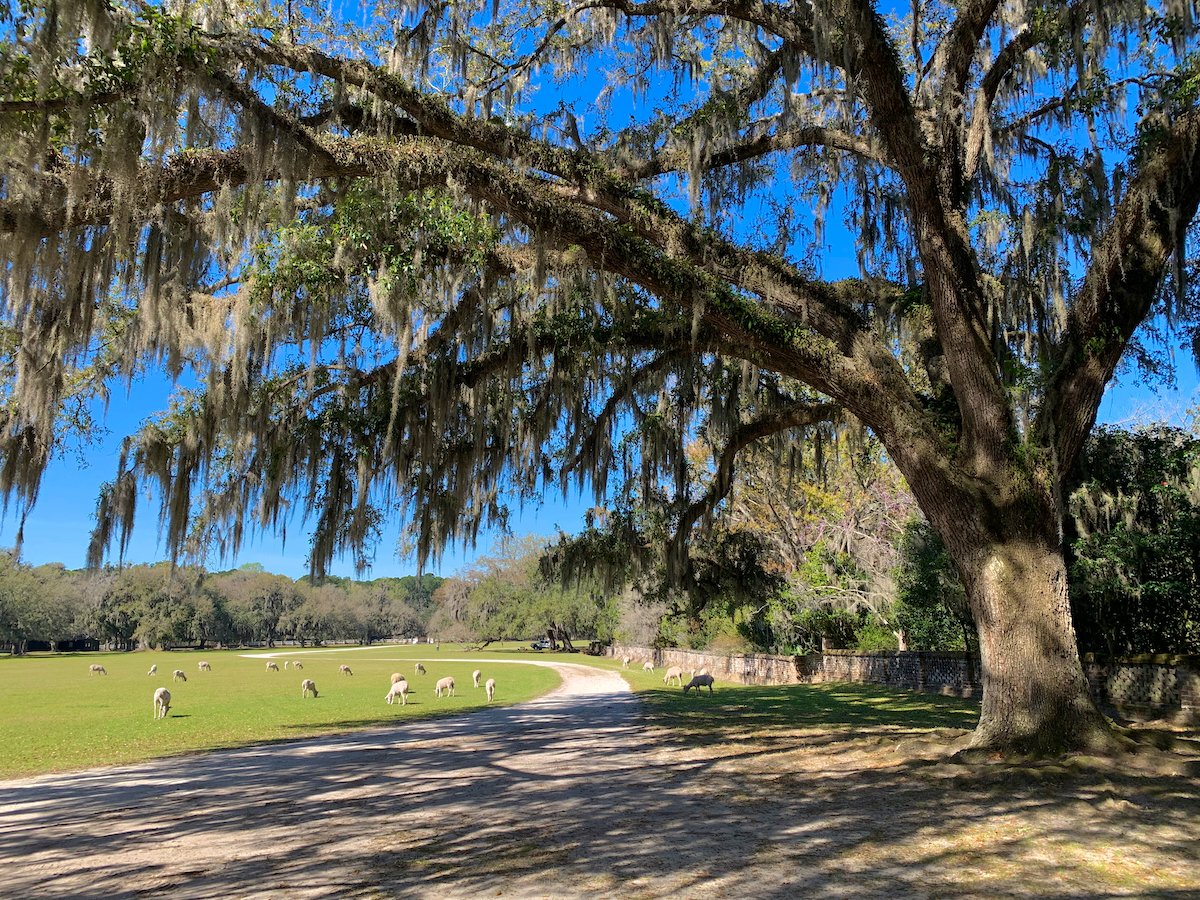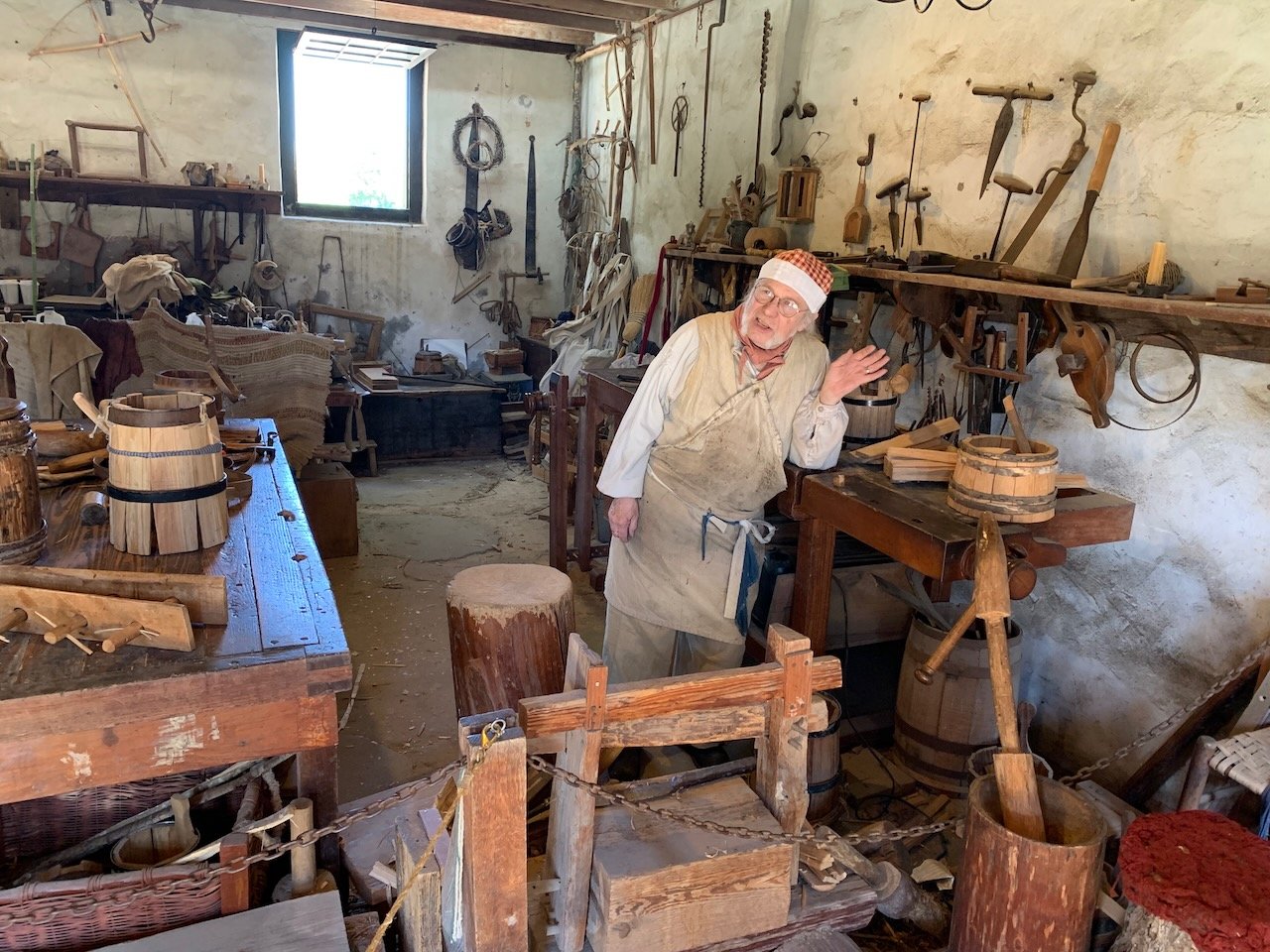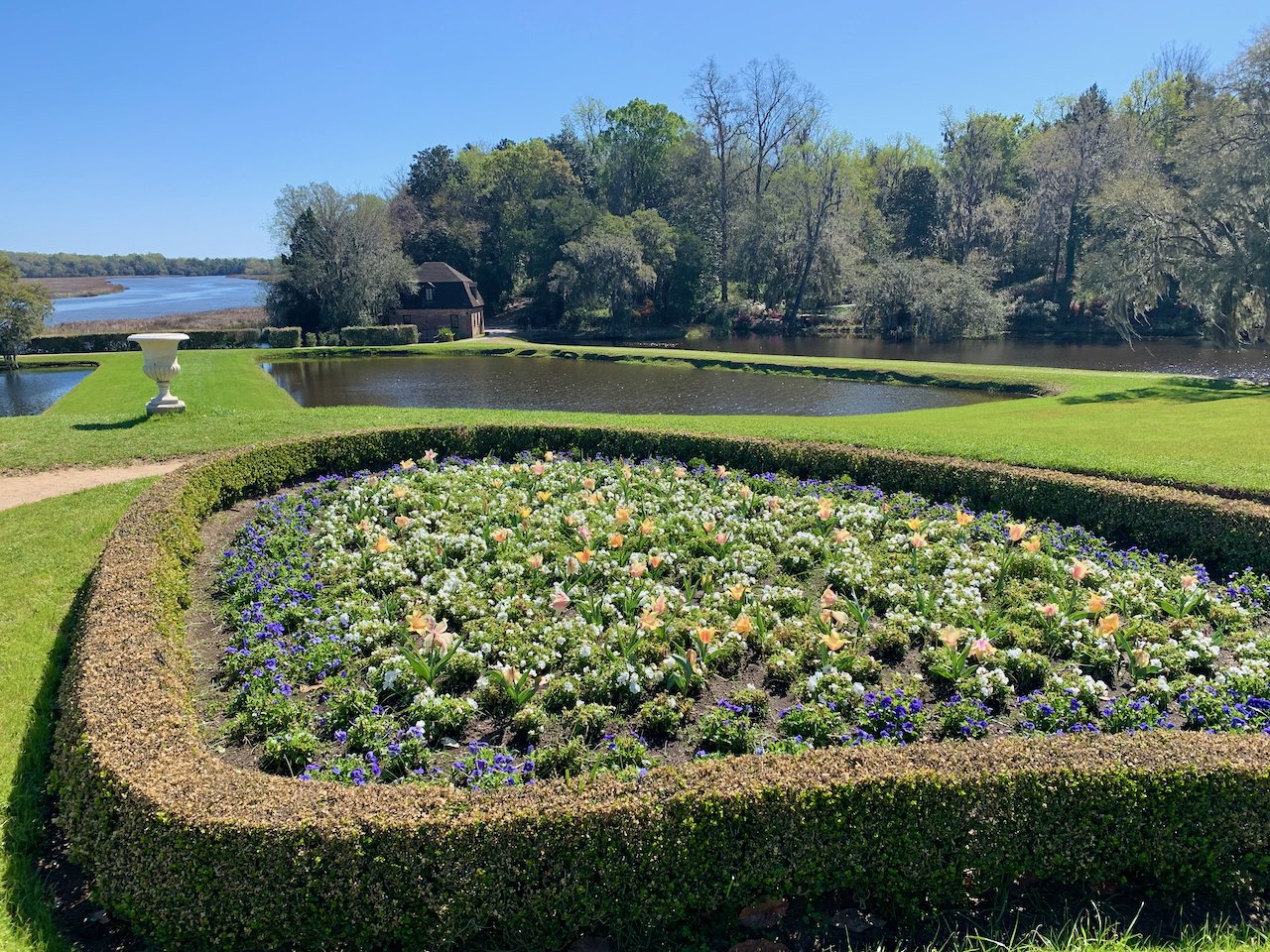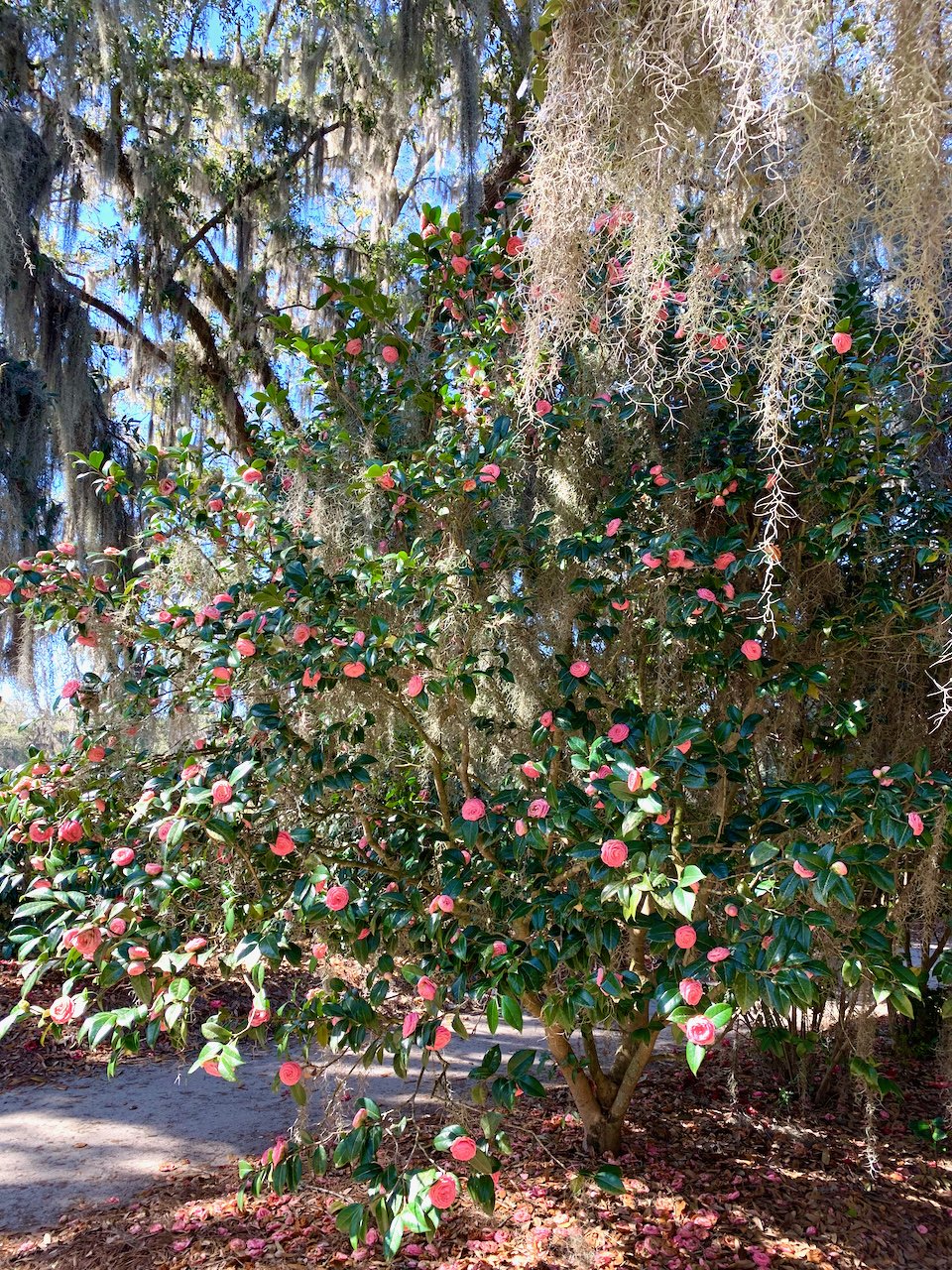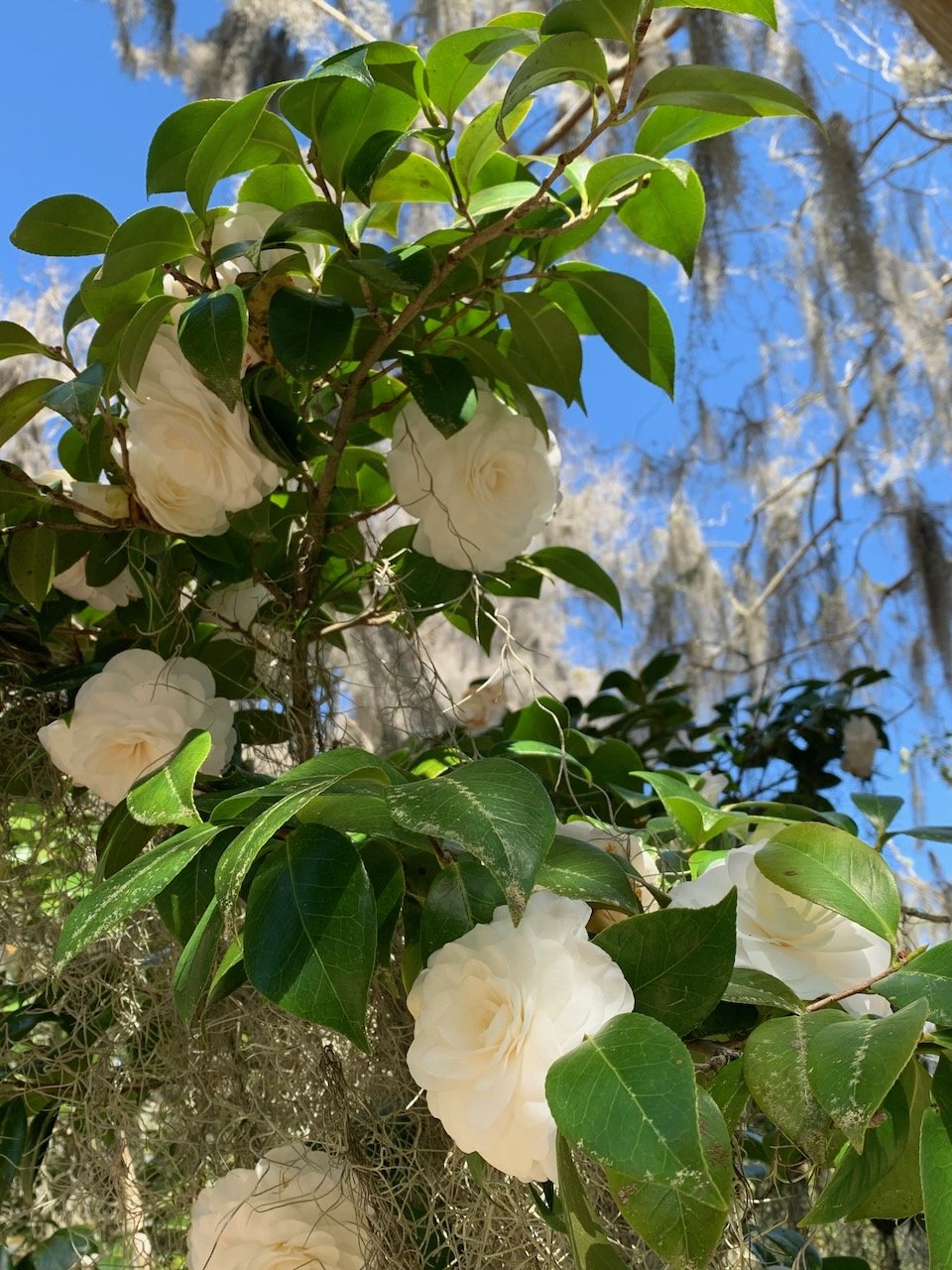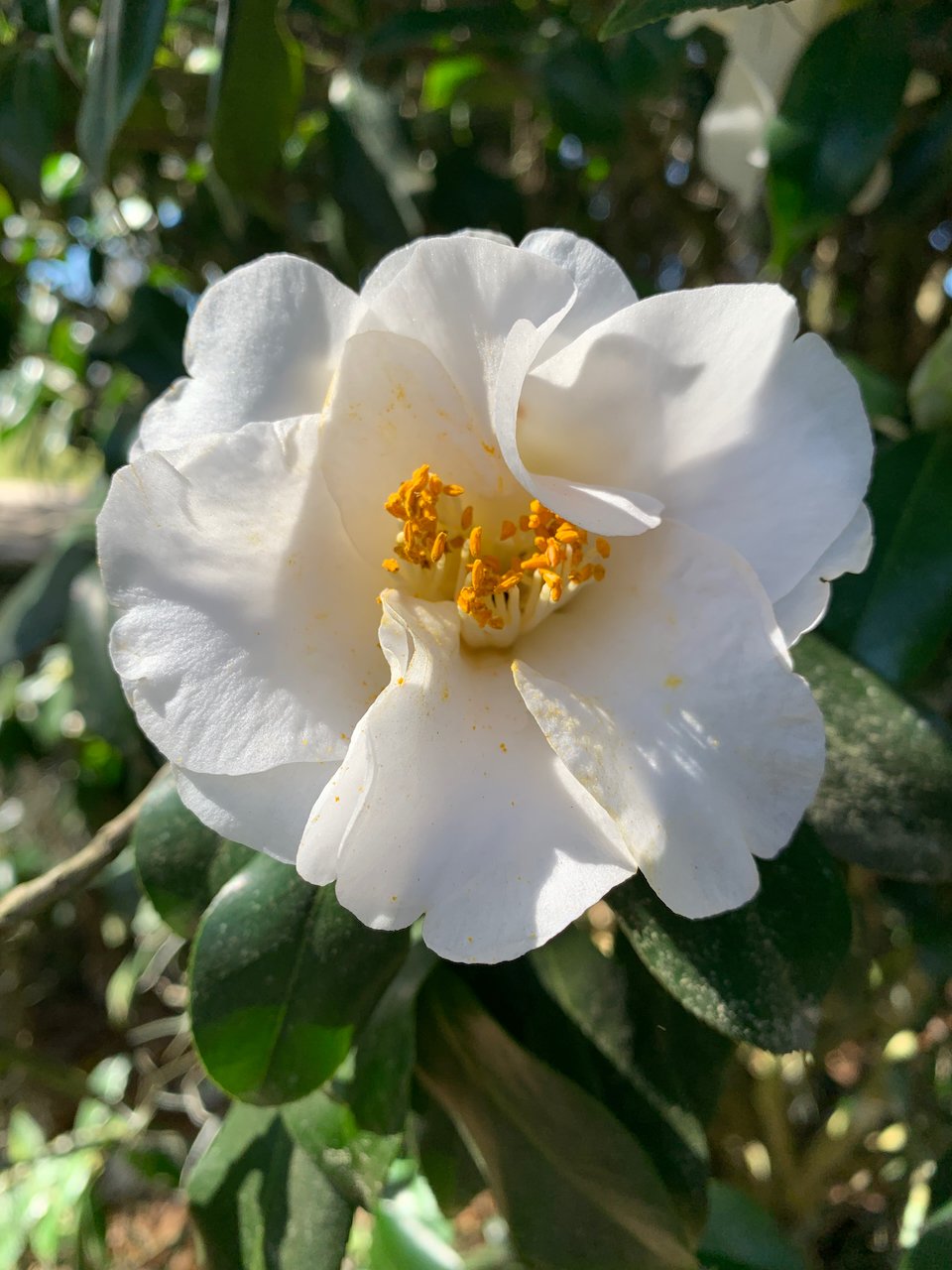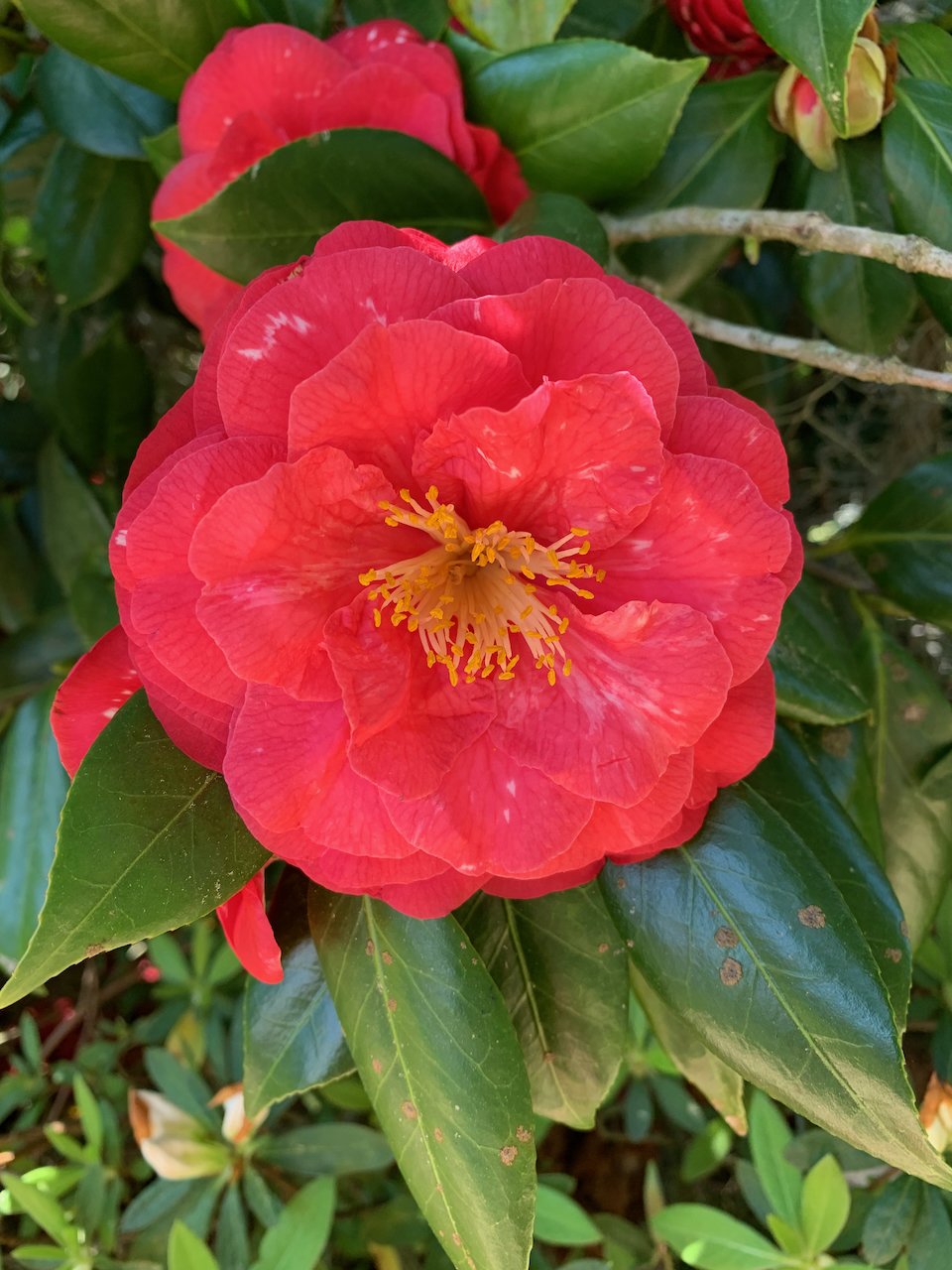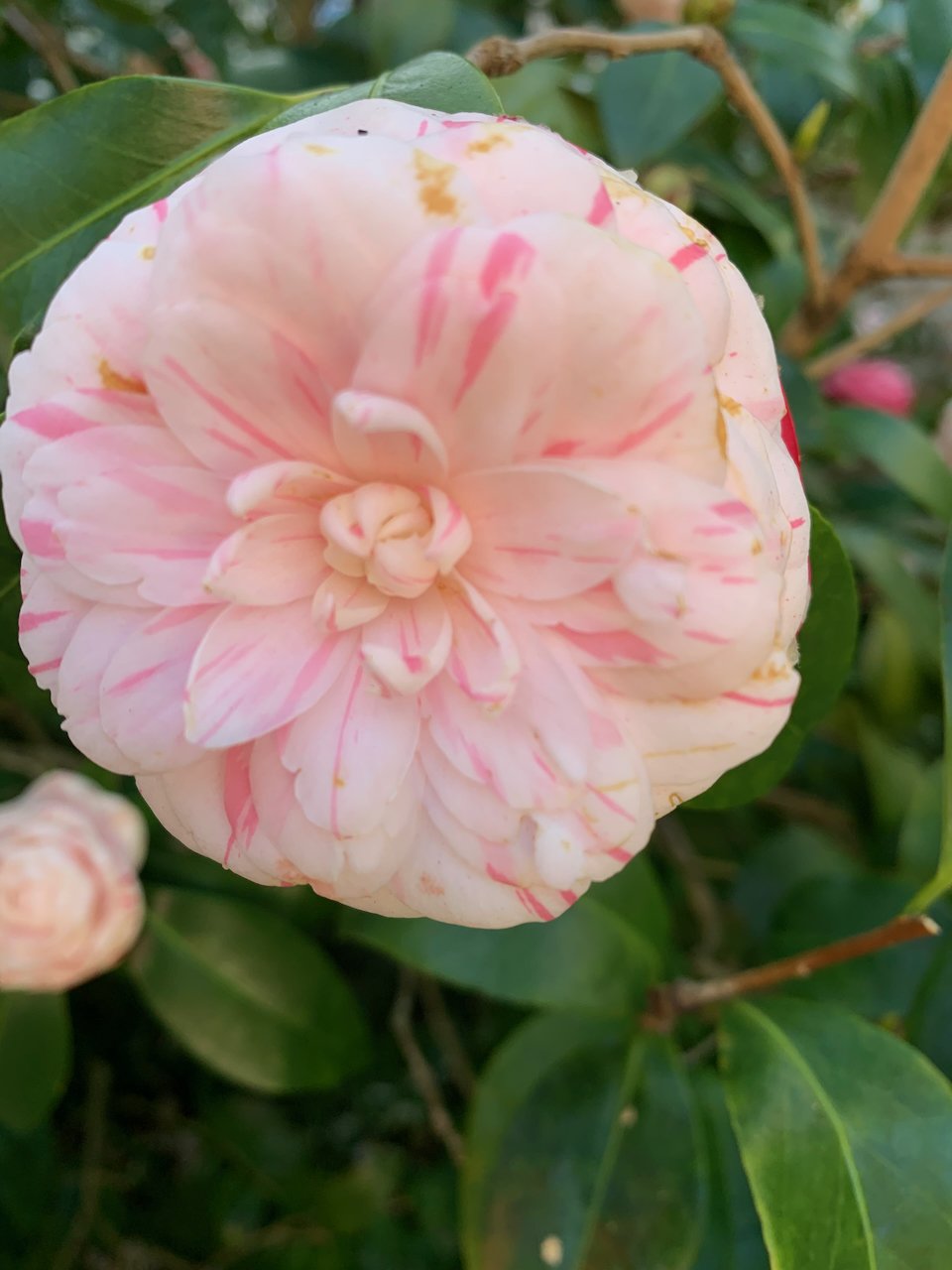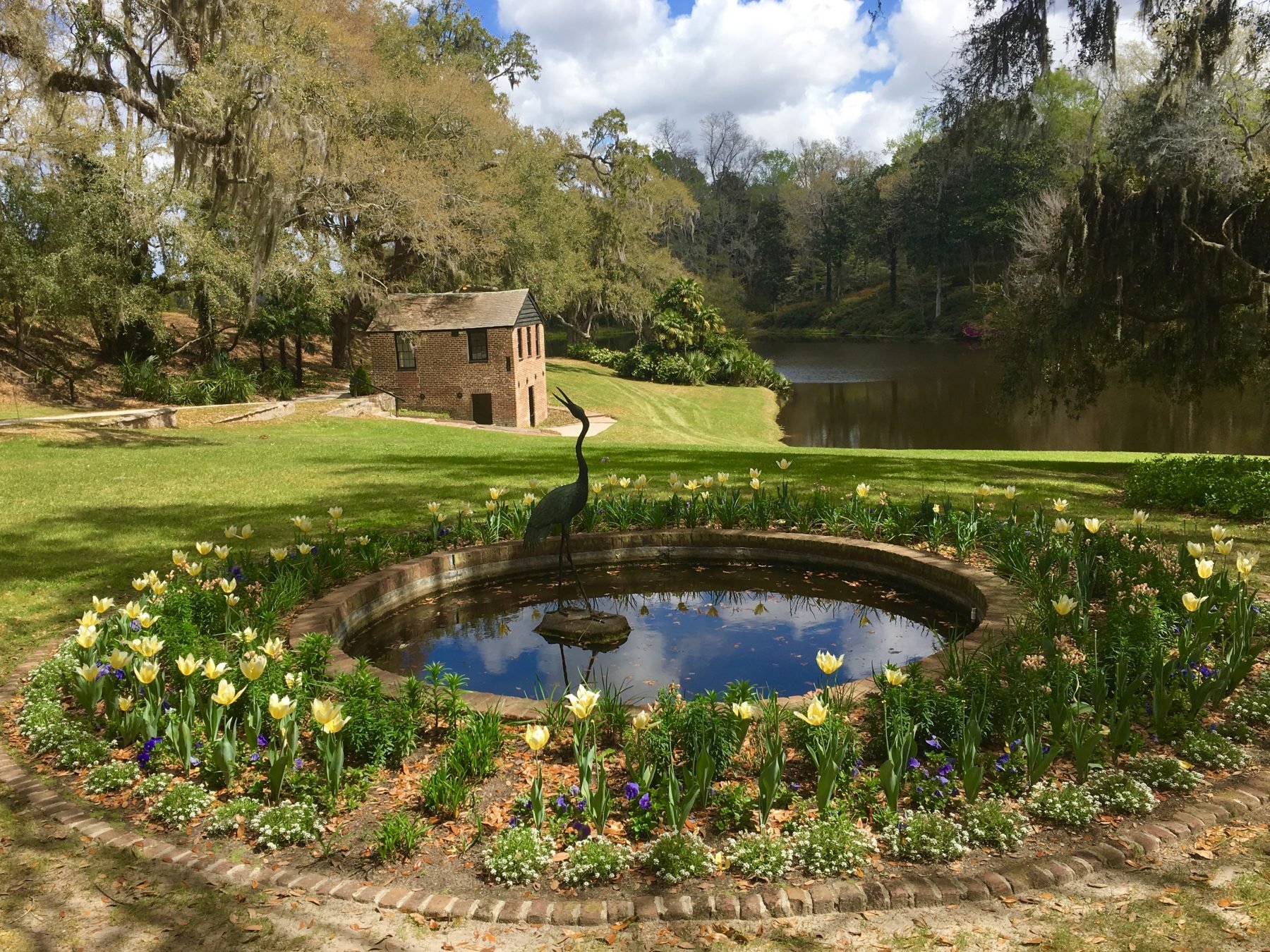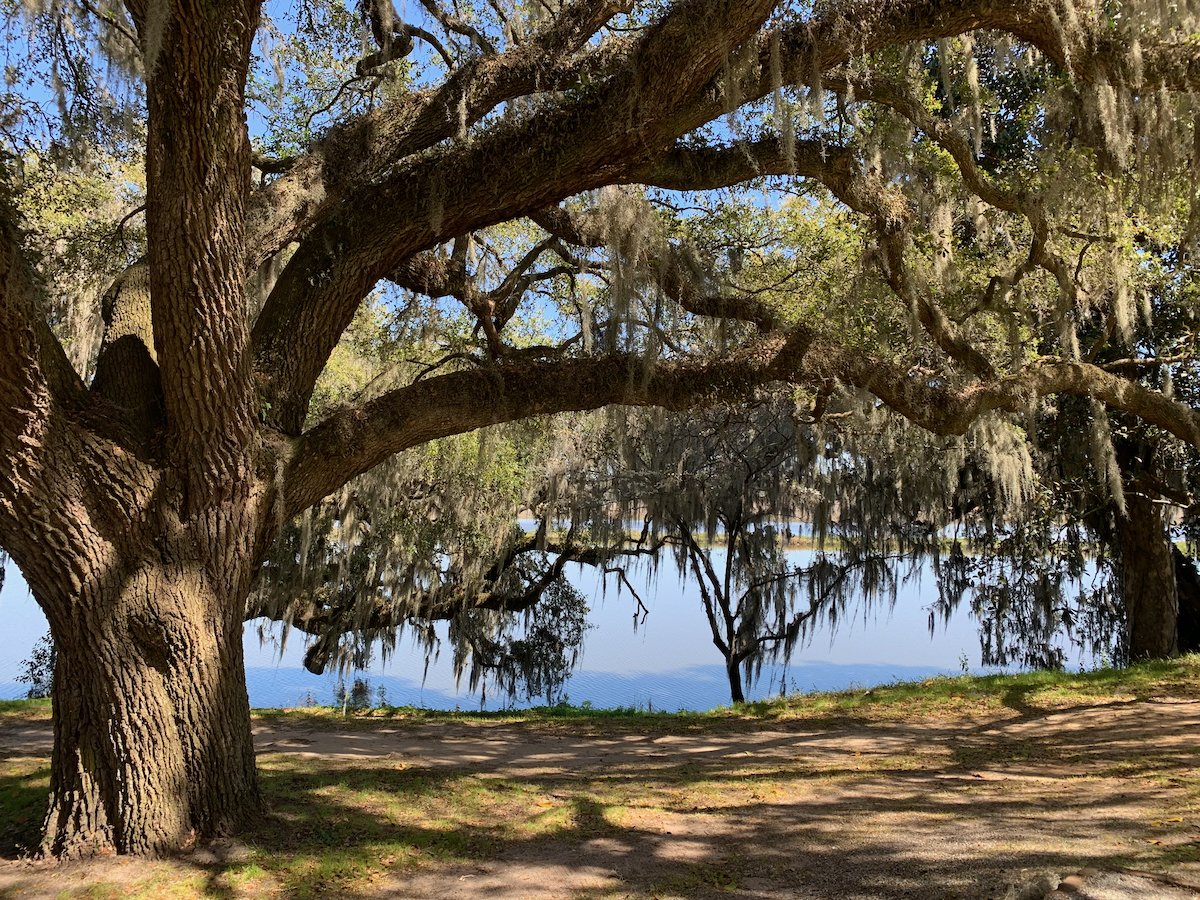The Historic Gardens of Middleton Place
/Middleton Place is the most famous plantation and oldest landscape garden in the Charleston area, set on a natural bluff overlooking the Ashley River. It has miraculously remained under the same family stewardship for over 300 years, and boasts an 18th-century garden planted with collections of camellias and azaleas.
henry middleton
First settled in the late 17th century, Middleton Place was acquired by Henry Middleton through his marriage in 1741. At its peak, the rice plantation was 7,000 acres in size. For 125 years, the property was the family seat of four successive generations of Middletons who played important roles in American History. Henry was the second president of the First Continental Congress; Arthur, an ardent revolutionary and signer of the Declaration of Independence, his son Henry became the Governor of South Carolina, and Williams was a signer of the Ordinance of Secession.
This gate welcomes you to the historic plantation. The plantation house and several outbuildings were burned by the Union troops in 1865, and further destroyed in the 1886 Charleston earthquake. A flanker building survived, and provided a home for the family after the Civil War.
Middleton descendant John Julius Pringle Smith embarked on several decades of property restoration in 1916. He hired New York architect Bancel LaFarge to design a stableyard complex built of brick that was salvaged from the ruined main house.
His wife, Heningham Lyons Ellett Smith, restored the landscape that had been neglected for six decades following the Civil War. Her efforts led the Garden Club of America to describe Middleton Place in 1940 as the “most important and interesting garden in America.”
In the early 1970s, 110 acres, including the flanker house, the gardens, and several outbuildings, were placed on the National Register of Historic Places and opened to the public. Today you will find a living museum with stable yards, carriage house, textile, carpentry, coopering and blacksmith shops, a mill, and a spring house on an estate of historic gardens and grounds.
The Gardens, which Henry Middleton envisioned and began to create in 1741, reflect the grand classic style that remained in vogue in Europe into the early part of the 18th century. A long reflecting pool greets you at the plantation entrance..
Henry Middleton was determined to outshine his neighbors, who were laying out neat four-square parterres. He adopted the principles of André Le Nôtre, the designer of Versailles to create a design based on rational order, geometry and balance with stunning vistas, focal points, and surprises.
Photo: Middleton Place
The most elaborate garden feature at Middleton Place is the terraced gardens with its parterres and “Butterfly Lakes.” With the help of an English gardener and a sizable crew, Middleton created a formal lawn bisected with a gravel carriageway leading to six shaped turf terraces with bowed centers. At the level of the river, a pair of "Butterfly Lakes" were excavated on either side of a turf causeway, further prolonging the axis.
The lakes were flanked by the river, Mill Pond, and a levee that flooded the rice fields. This stunning feature was installed to impress visitors when viewed from the plantation house and from the river.
Photo: middleton place
Strolling gardens were created with allées of camellias, hollies and azaleas. The shrubs were sheared into green walls that partitioned off small garden galleries, green arbors and bowling greens.
Sculptures and benches were placed as focal points throughout the garden.
Here we see the Octagonal Sunken Garden, planted in spring with white tulips and blue pansies.
The wheel-shaped Sundial Garden reflects formal European garden design of the 18th century, and looks magnificent when seen from above.
An interest in botany continued in the Middleton family, and the gardens evolved as subsequent generations made their own contributions. Henry’s son Arthur befriended the French botanist André Michaux, who brought the first camellias to America in 1786. Three of those historic camellias are still growing in the garden, along with hundreds of others.
Arthur’s son, Governor Henry Middleton, planted many more camellias and introduced plants such as tea olives and crepe myrtles. He also filled greenhouses with exotics plants which gave the antebellum Middleton Place something of the air of a botanical garden.
Williams Middleton expanded the Gardens, incorporating romantic garden influences, and brought azaleas to the plantation, which now number over 100,000.
The azaleas are beautifully displayed on a hillside overlooking the Mill Pond. Although Middleton Place is lovely in all seasons, a visit in late March is particularly rewarding since both the camellias and azaleas are in bloom.
Photo: middleton place
You will also find many historic live oaks on the property, including one that is almost 1,000 years old. As Andreas Feininger wrote in his 1968 book, Trees, referring to the specimens that he had seen at Middleton Place:
“No other tree combines as many virtues with fewer faults…the most beautiful, majestic, yet friendliest of all trees; the tree which as far as humans are concerned is the most rewarding not in terms of lumber and cash, but in the creation of an atmosphere of comfort, well-being and peace.”
Dripping with Spanish moss, these trees frame views of the river and of the pastures.
You Might Also Like





